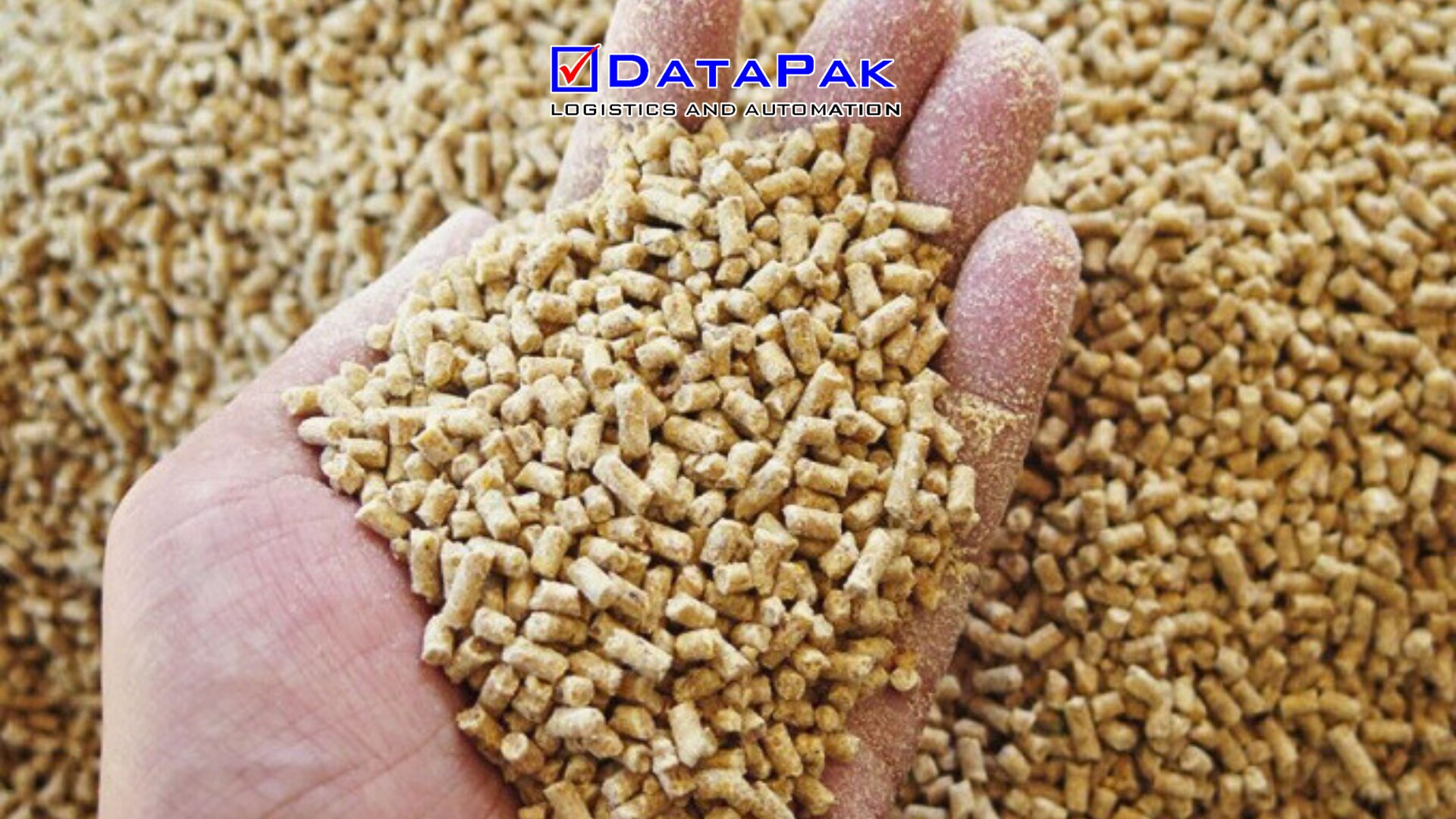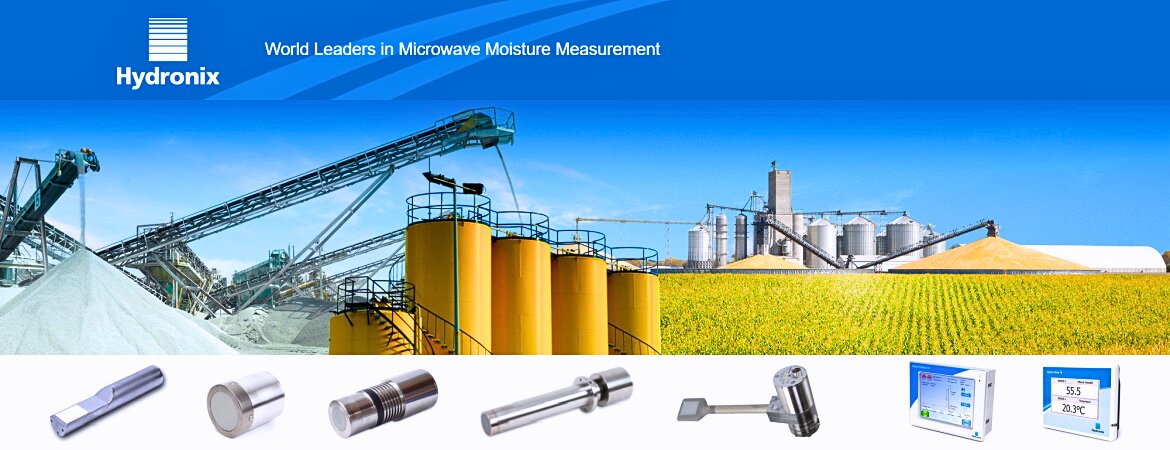Humidity in pellet feed plays an essential role, directly affecting the quality of the product. An inappropriate moisture level, either too high or too low compared to the standard, can lead to mold and reduce the nutritional value of the feed. In production, maintaining the humidity at an appropriate level not only helps improve the production process but also minimizes waste and increases productivity.

Factors Affecting the Humidity of Pellet Feed
- Humidity of Raw Materials
Ensure accurate detection of the moisture content of raw materials. To reduce errors, two or three parallel samples can be detected to obtain an average value as the detection value. Raw materials with high water absorption, such as rice bran, need additional layers when stacked.
- During Production
The round dies of pellet mills have different aperture sizes, leading to varying moisture levels in the pellet feed. Using a die with a smaller aperture produces pellets with smaller diameters and lower moisture content. Conversely, using a larger aperture die results in pellets with larger diameters and higher moisture content.
- During Cooling
Cooling is the final stage of the process. During cooling, the primary goal is to ensure that the moisture content does not exceed the quality control standards. Additionally, appropriate temperature control is necessary to prevent adverse effects on the product due to high temperatures.
- Packaging and Storage
Managing the finished product is also crucial. Typically, the temperature of the pellet feed should not be higher than room temperature. It is best to avoid direct sunlight exposure after packaging. Otherwise, the moisture in the pellet feed will migrate to cooler areas, making the pellets susceptible to mold.
How to Control the Humidity of Pellet Feed?
In actual production, if the moisture content of the powdered raw material is low, we need to reduce the steam pressure and close all traps to improve the moisture content of the pellet feed. If the powdered material has a higher moisture content, high-pressure saturated steam should be used to control the humidity.
The cooling process aims to lower the temperature of the pellet feed and control its humidity to meet the required standards. Once the temperature and humidity of the pellet feed are satisfactory, it can be packaged. Otherwise, the finished product will be prone to mold. Adjusting the airflow based on the production volume, temperature, and humidity of the pellet feed is essential. If the pellet feed is too dry and small, reduce the airflow, resulting in a shorter cooling time than usual. Conversely, increase the airflow and extend the cooling time if necessary. Ensure that the pellets have a uniform cooling time and operate according to the cooler’s operational requirements.
If the raw material has a lower moisture content, adding atomized water during mixing can improve pellet quality, reduce power consumption, and enhance economic benefits. The humidity of the pellet feed is influenced by raw materials, storage conditions, and each processing stage during production, so humidity control must be strengthened.

Solution for Controlling Pellet Feed Humidity
Using Hydronix moisture measurement sensors is one of the safest solutions that helps save costs and increase product quality and production efficiency. Contact Datapak now for consultation and to receive the most detailed quotation!




